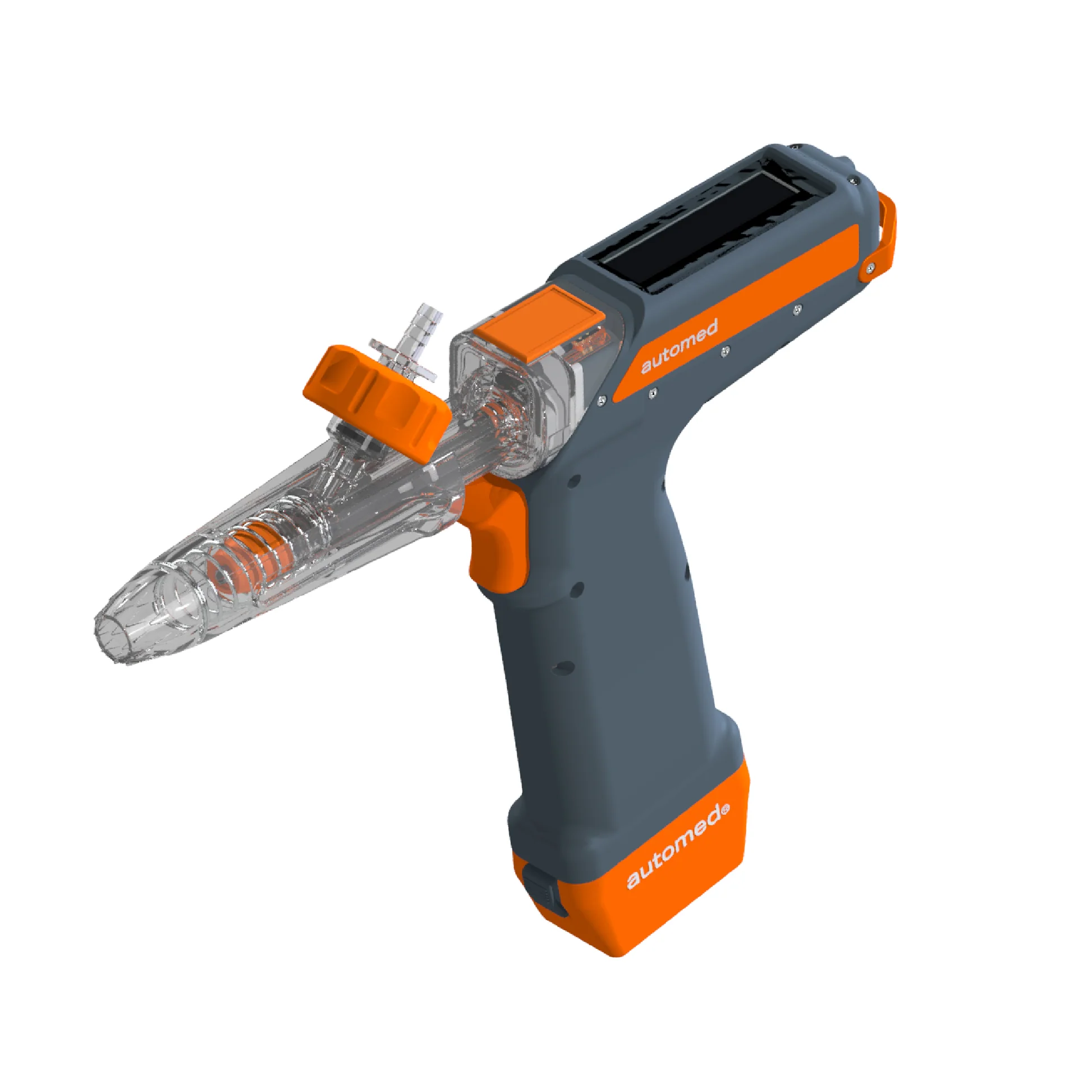
A New Breath for the Treatment of Respiratory Diseases in Pigs
2023/08/23
BAI confirmed this month that cholera and Reproductive and Respiratory Syndrome (PRRS) caused infection among the pigs.
Respiratory disease is one of the most common diseases in pigs, causing high herd mortality and significant economic losses worldwide. At Virbac, we uses new technologies to support the judicious use of antibiotics, helping veterinarians and farmers make the right treatment decisions at the right time, improving dosage and traceability -- as we offer our new macrolide antibiotic known as Tulissin 100.
Swine respiratory disease (SRD) is caused by an unfavorable interaction between an animal's immune status, microbes (viruses, bacteria), and various environmental stressors. It usually begin with a viral infection of the respiratory tract, causing immunosuppression and allowing bacterial pathogens to multiply. It causes inflammation of the airways, causing acute pneumonia and can progress to chronic pneumonia with irreversible damage.
The prevalence of SRD in pigs can be approximately 20%, with up to 40% of affected animals at risk of developing sequelae and mortality of up to 20%2. Beyond animal health impacts, SRDs have significant economic impacts for farmers as they reduce animal growth, diagnostic and treatment costs, mortality, and costs associated with overtime work.
Use of Antibiotics in Swine Population
Prevention of SRD in pigs is essential nowadays. Above all, it relies on improved husbandry practices and animal vaccinations. However, even with good biosecurity and animal health care, treatment of sick animals with antibiotics is essential when bacterial infections occur. If it becomes clear that a disease is affecting a significant portion of the herd, veterinarians may need to treat the entire herd without waiting for all animals to show symptoms. This strategy (metaphylaxis) is also used in humans, for example during meningitis epidemics.
Antibiotics are necessary to treat disease and maintain animal welfare, but Virbac supports a thoughtful approach, allowing veterinarians and farmers to limit antibiotic use to what is strictly necessary to prevent the emergence of bacterial resistance. We offer injectable solutions in doses tailored for different body weights of growing pigs, based on molecules that have been considered a reference for the treatment of respiratory diseases for decades -- Tulathromycin. But we go further by providing innovative tools to justify prescribing, better manage dosing and improve traceability of treatment so that antibiotic use can be limited -- TULISSIN 100.
Innovative Strategy and Treatment
To cure disease and prevent animal suffering while limiting antibiotic dosage, veterinarians must consider many clinical and animal engineering parameters to determine the optimal treatment option. Before deciding to implement a metaphylactic strategy, veterinarians should also confirm that the disease is present in the herd. To aid his diagnosis on the ranch, our team developed a mobile his application that compares numerous relevant parameters to rationally determine opportunities and timing for implementation. Another innovation specific to swine farms is the connected syringe, which facilitates injection while improving treatment compliance and traceability. We also conduct educational activities for cattle and pig veterinarians. In March and April 2021, we held two webinars to help European veterinarians anticipate the changes to come in 2022.
By 2050, about 10 billion people will live on the planet. Ensuring that a growing global population has access to quality food while maintaining the health and welfare of animals is a challenge facing various animal husbandry sectors in the coming years. This equation implies necessary adjustments in breeding techniques and veterinary practices to focus on prevention while continuing to treat sick animals. At Virbac, we support the changes needed to reduce unnecessary treatments that have a positive impact on animal and human health.
 Why Does Smart Farming Matter to Virbac?
Why Does Smart Farming Matter to Virbac?
Smart Farming represents the application of modern Information and Communication Technologies (ICT) into agriculture, leading to what can be called a Third Green Revolution.
As a partner in global distribution, Virbac has joined Automed®. Virbac is devoted to the health and welfare of animals, just like automed. The products and services offered by Virbac's invention are useful and extensive.
The automed® system creates tamper-proof treatment records and assists in managing livestock operations by fusing a stylish and ergonomic drug delivery device with an easy-to-use software platform. Consumers and livestock producers are increasingly concerned about food safety, medication use, and animal traceability. Drug delivery, traceability, and compliance can be improved to address these issues.
This system enables producers to automate the calculation, delivery and recording of livestock treatments while optimizing and streamlining their operations. It combines a sleek, comfortable, and ergonomically designed medication delivery system with a straightforward and user-friendly app that allows you to perform fixed and weight-based treatments.
Automed offers a selection of adapters (3ml, 10ml, and 20ml) that are connected to your delivery service to support a wide range of dosing modes (injections, intrinsic, oral/drench, pour-on). We also provide a comprehensive inventory management solution to track, request, and manage inventory in multi-location operations. The tamper-resistant treatment records, animal record and data analytics make automed the ultimate compliance and traceability solution for medication in the swine sector.
Sources:
Application of Smart Technology as a Sustainable Strategy in Modern Swine Farming: https://bit.ly/44mru76
Overview of Ecology and Automation Status of Pig Breeding: https://bit.ly/44mrMec
Automed: https://automed.io

.png)